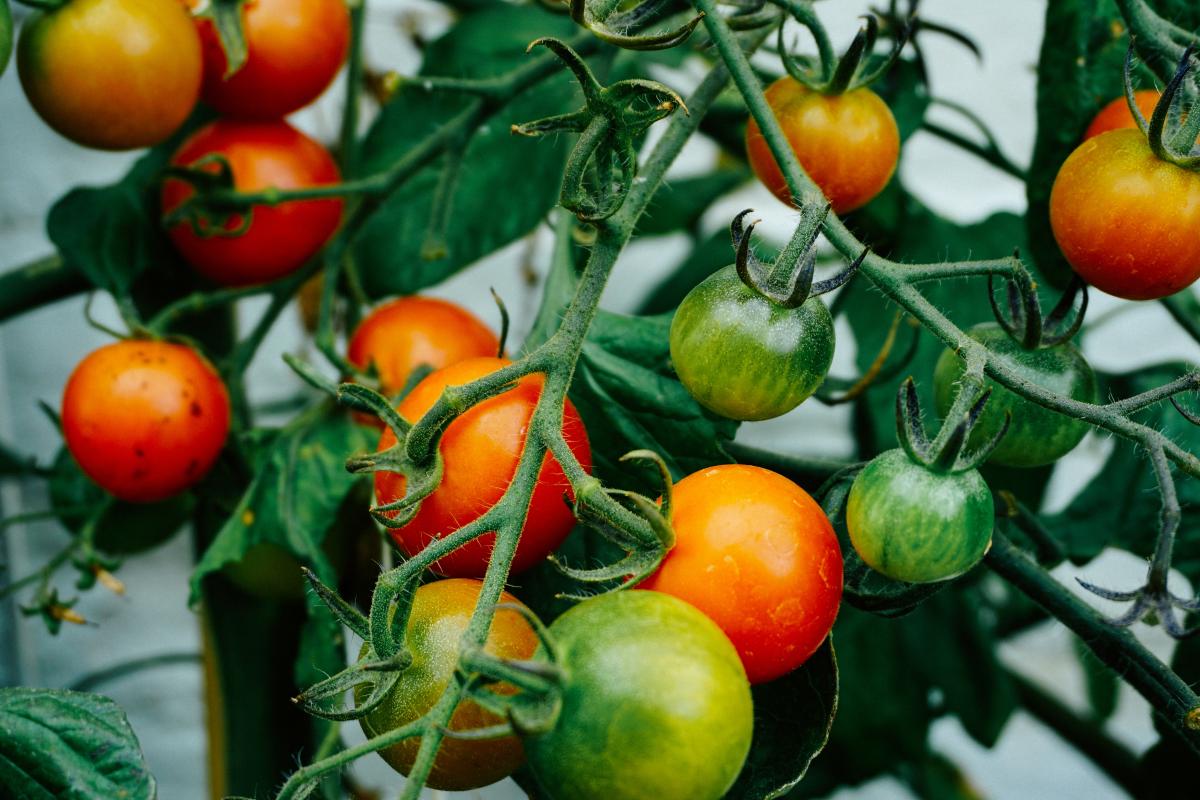
Students will read and respond to the story, Room on the Broom. Then students will plan and create a sturdy broom to hold as many pumpkin candies as possible.

The math and research of hot cocoa. Students will find or use a teacher provided hot cocoa recipe and practice working with fractions to increase or decrease the recipe yield.

In the Kindergarten aerodynamics lesson, young learners embark on an imaginative journey into the world of flight. Through a captivating exploration of flying objects like kites, birds, and paper

In the 5th-grade Paper Plane Aerodynamics lesson, students embark on an exciting journey into the world of flight. Through hands-on activities, they explore the fundamental principles of aerodynamics

Students will listen to a story then participate in a Round Robin discussion. After the Round Robin activity, students will make a reindeer and race it against another student's reindeer.

Students will use geometric reasoning and the engineering design process to construct solar ovens while learning about renewable energy.

Students are learning to construct a tetrahedron kite using basic materials, understand geometric concepts related to the tetrahedron shape, and learn about basic principles of aerodynamics.

The "From Farm to Table" unit will provide 2nd grade students with an understanding of the journey food takes from the farm to their tables. Students will explore the water cycle, plant life cycle

Students create a reindeer to learn about force and see how far their reindeer can fly. They can track their distance and make improvements on their reindeer. Enrichments students can see how weight

Students create a city and a plan for a route for a Thanksgiving parade with floats coded by robots. The students build the buildings along the parade route using area or addition/subtraction houses

This is a 3rd-4th grade STEM lesson. It is part of the Life Science standards. It shows how different plants, animals and people depend on the Saguaro Cactus for survival. The Saguaro also depends on

Marvelous Mexican Jumping Beans
In this third-grade lesson, students will make educated guesses about the "mystery object." Students will record what they notice and wonder about Mexican Jumping Beans. Students will create a game

This interactive 4th-grade lesson plan focuses on erosion and weathering, key concepts in understanding Earth's geology. In "Dynamic Earth," students use an interactive simulation to explore how

This is the fourth and fifth lessons of 7 in the Take-Off & Landing unit. This unit is the first for the Aeronautics 2 students. Students must have completed the 8 Basic Handling Unit lessons from

This is the third lesson of 7 in the Take-Off & Landing unit. This unit is the first for the Aeronautics 2 students. Students must have completed the 8 Basic Handling Unit lessons from Aeronautics 1

This is the second lessons of 7 in the Take-Off & Landing unit. This unit is the first for the Aeronautics 2 students. Students must have completed the 8 Basic Handling Unit lessons from Aeronautics 1

This is the first of 7 Take-Off & Landing Lessons. This unit is the start the Aeronautics 2 lessons. Students must have completed the 8 Basic Handling Unit lessons from Aeronautics 1 course. (See

Students are expected to design the interior of a tiny house for a client who wants to maximize their small space but not skimp on style and functionality.

Students will listen to Iggy Peck Architect by Andrea Beaty and describe what an architect does, engineering and the design process. Students will be able to design and engineer a strong bridge. They

This lesson is an activity to see what an angle is and how is can be used to approximate the time of day or even navigating vessels by measuring other celestial bodies. Students will use sextants to

This lesson is an activity to show how projectile motion and many other motions in nature fallow a parabolic curve. Students will manipulate that knowledge and analyze data using small play tanks to

Using the book "Those Darn Squirrels" by Adam Rubin, students will design and create a bird feeder to let the birds IN and keep the squirrels OUT! Communication, collaboration, and creativity are key

Students will create a STEM Cardboard challenge after listening to the story Not a Box by Antoinette Portis.

Using the engineering design process, students will collaborate to plan and build a tower...but not just any old tower! This "Tower with a Twist" has to include a suspended cup that can also hold
